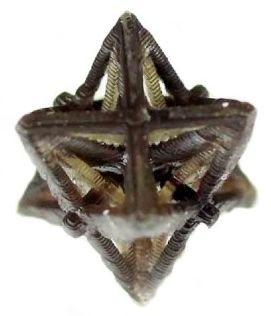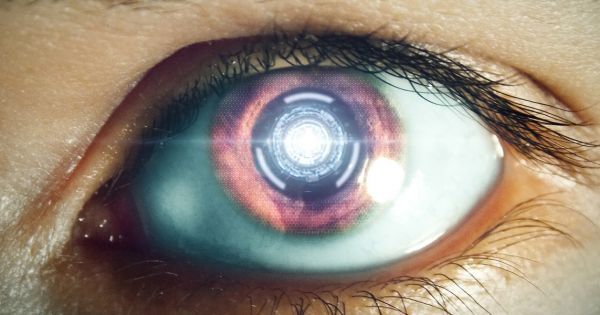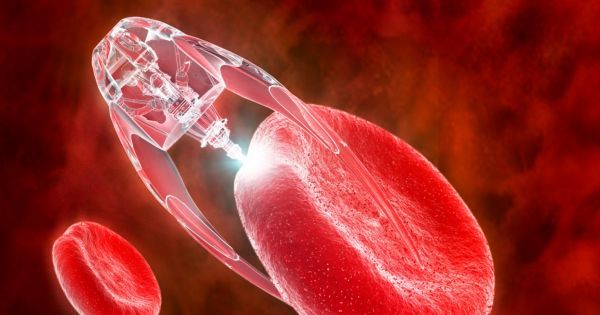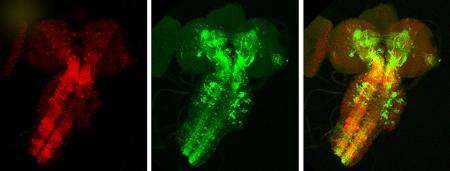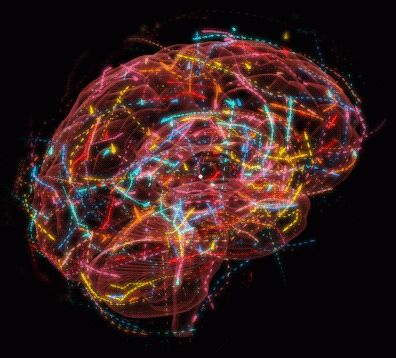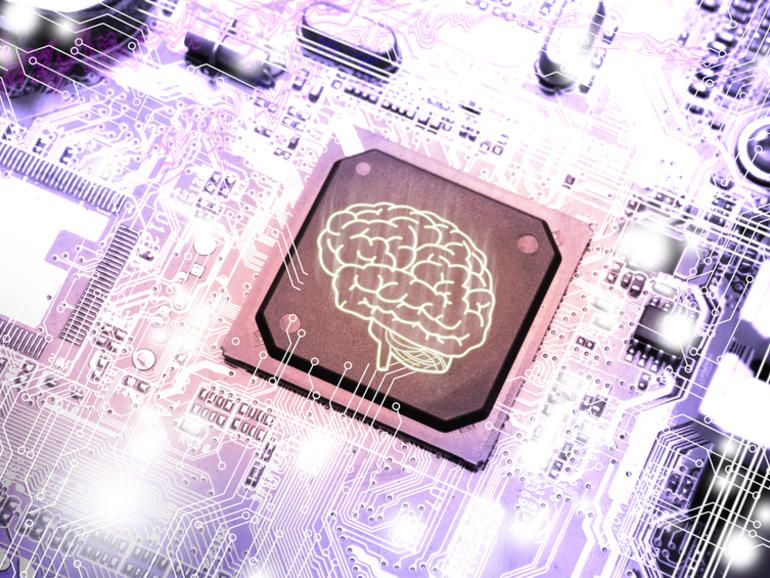Archive for the ‘neuroscience’ category: Page 932
Nov 4, 2016
New bionic eye implant connects directly to brain, allowing blind woman to see shapes & colors
Posted by Shailesh Prasad in categories: biotech/medical, computing, cyborgs, neuroscience, transhumanism
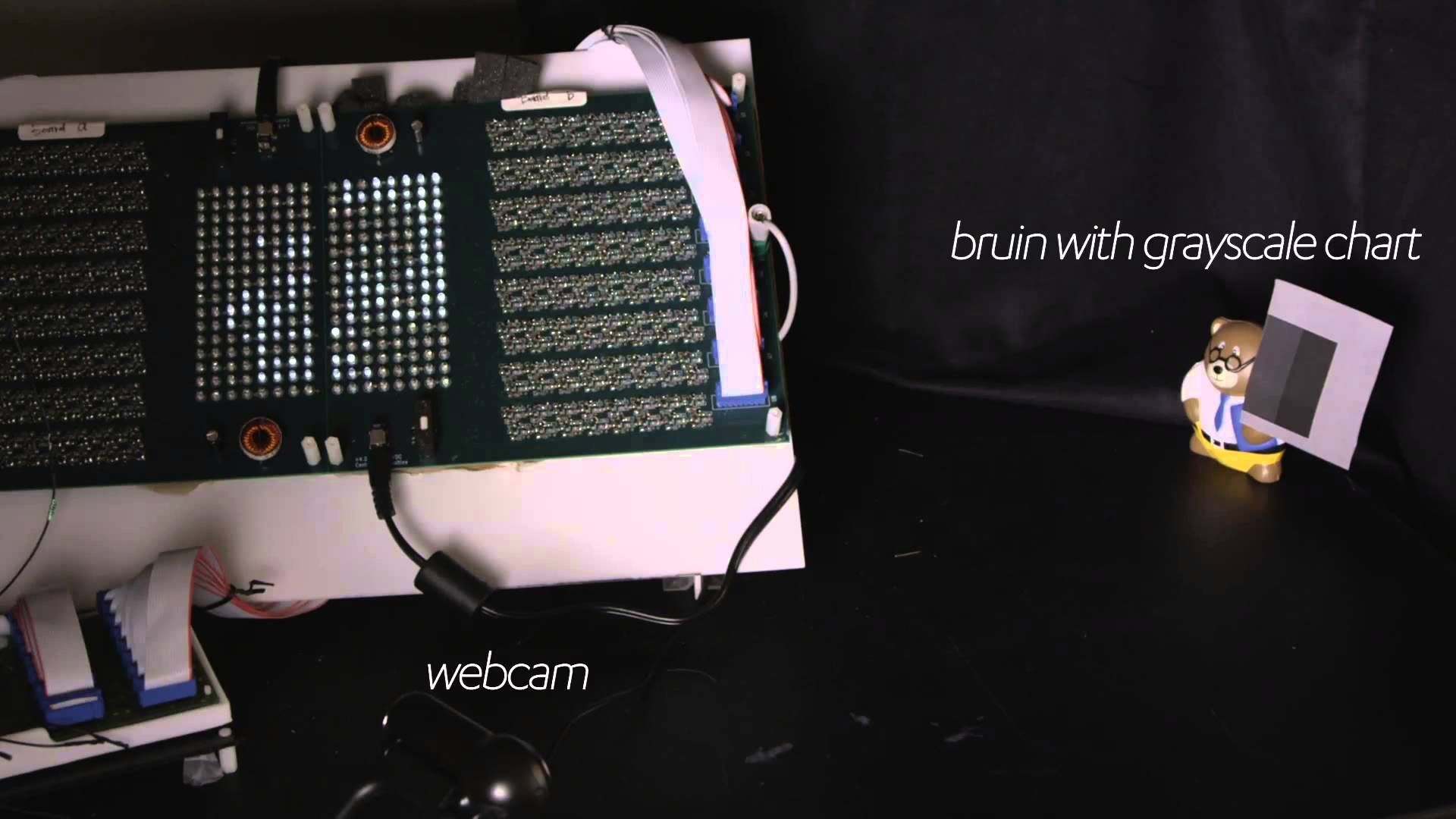
Scientists may have made a significant breakthrough in restoring human sight, as a woman who had been blind for seven years has regained the ability to see shapes and colours with a bionic eye implant.
The 30-year-old woman had a wireless visual stimulator chip inserted into her brain by University of California, Los Angeles (UCLA) surgeons in the first human test of the product. As a result, she could see colored flashes, lines, and spots when signals were sent to her brain from a computer.
Nov 3, 2016
Male birth control study halted due to ‘mood swings’ in participants
Posted by Aleksandar Vukovic in category: neuroscience
However, researchers halted the study when 20 men dropped out complaining of adverse side effects including depression, mood disorders, pain at injection site, muscle pain, increased libido and acne. Despite these issues, more than 75 per cent of participants said they would be willing to use this form of birth control.
The male birth control method had showed a stunning 96 per cent success rate.
Nov 3, 2016
New Bionic Eye That Connects to The Brain Successfully Restores a Woman’s Sight
Posted by Elmar Arunov in categories: biotech/medical, cyborgs, neuroscience, transhumanism
In Brief:
- A new visual implant from SecondSight may help restore useful sight in more than 6 million additional people who aren’t candidates for the company’s previous implant model.
- Recently, there are more options being developed to restore both hearing and sight in affected patients, such technology has the potential to improve the quality of life of countless people.
Nov 3, 2016
Scientists Made Nanorobots That Can Release Drugs in The Body Using Mind-Control
Posted by Elmar Arunov in categories: biotech/medical, nanotechnology, neuroscience
Who would have thought that roaches, that’s right, C-O-C-K-R-O-A-C-H-E–S, could actually do something good for humanity? Well, it seems that they are helping out quite a lot.
Bar-Ilan University scientists, together with the Interdisciplinary Center in Israel, designed injectable nanobots, and they are testing them on these little critters. Remarkably, the technology controls the release of drugs that are needed for the brain using the brain itself. That’s right, using only brain power!
And down the road, this extra mind boost could be a lifesaver for many. The work was published in the journal PLOS ONE.
Nov 2, 2016
The wiring of fly brains—mapping cell-to-cell connections
Posted by Karen Hurst in categories: biotech/medical, computing, neuroscience
Biologists at Caltech have developed a new system for visualizing connections between individual cells in fly brains. The finding may ultimately lead to “wiring diagrams” of fly and other animal brains, which would help researchers understand how neurons are connected.
“To understand how the brain works we need to know how neurons are wired to each other,” says Carlos Lois, research professor in the Division of Biology and Biological Engineering at Caltech and principal investigator of the new research, which appears in the November issue of the journal Development. “This is similar to understanding how a computer works by looking at how transistors are connected.”
Animals are made up of different types of specialized cells. In order for an animal to function, the cells have to be able to communicate with each other. For example, neurons directly communicate with muscle cells so that an animal can move. In diseases such as cancer, this communication process can go awry: when tumors metastasize, they no longer “listen” to neighboring cells that tell them not to grow. Instead, the cancer cells grow uncontrollably and migrate to other parts of the body.
Continue reading “The wiring of fly brains—mapping cell-to-cell connections” »
Nov 2, 2016
A New Spin on the Quantum Brain
Posted by Karen Hurst in categories: neuroscience, quantum physics
A new theory explains how fragile quantum states may be able to exist for hours or even days in our warm, wet brain. Experiments should soon test the idea.
Nov 2, 2016
Turning pings into packets: Why the future of computers looks a lot like your brain
Posted by Karen Hurst in categories: mobile phones, neuroscience, supercomputing
In the future, circuits and systems modelled on human brains could end up in everything from supercomputers to everyday smartphones.
Nov 2, 2016
Scientists Hook Up Brain to Tablet—Paralyzed Woman Googles With Ease
Posted by Elmar Arunov in categories: biotech/medical, neuroscience

From time to time, the Singularity Hub editorial team unearths a gem from the archives and wants to share it all over again. It’s usually a piece that was popular back then and we think is still relevant now. This is one of those articles. It was originally published October 25th, 2015. We hope you enjoy it!
